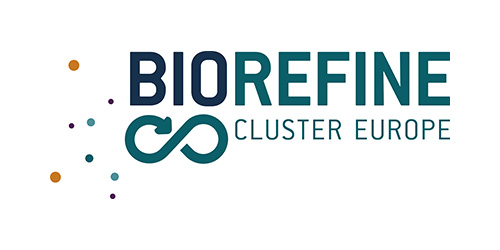5. Comparison of different precision technologies used in plant cropping system, having in focus the sensor technologies
RL3: Tools, techniques & systems for higher-precision fertilization
Responsible partner: SOLTUB
Country: Budapest, HUNGARY
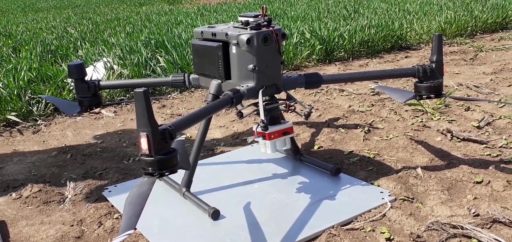
TRL and Scale of set up:
This demo is considered to be at TRL 9 and has been set up at operational scale. The field trials are performed with different crops like wheat and corn on two soil types with different soil structure during two years. The field experiments consist in assessing the nutrients (N and P) uptake of corn and wheat by using two sensor technologies (manual leaf sampling and tractor-mounted sensor).
Research line and priority:
This demo solution is linked to Nutri2Cycle research line 3 (RL-3: Tools, techniques & systems for higher-precision fertilization) and is one of the shortlist priority solutions i.e. sub-research line 23 (Nitrogen sensor technology to make real-time crop assessment).
Description of the demo:
The analysis of different precision agriculture technologies in crop production having in focus the tractor-mounted sensor technologies are evaluated at three Hungarian plant cropping farms. The trials assess the capacity of the sensor technologies to reduce the amount of fertilizers at different main crops like wheat and corn, to increase yields and improve farmer’s income also to protect the environment. By applying the right amount of chemicals at the right place, at the right time and using the right methods, several benefits for crops, soil and groundwater are taking place, including the homogenisation of the soil nutrient provision potential. The demo N sensor technologies belong to precision agriculture technologies (PA), meaning the application of a precise and correct amount of fertilizer or pesticides to crops for increasing productivity and maximizing yields at plot level.
Demo 1. Gábor major Kft. (Martonvásár, Pest county, Hungary):
The agricultural company deals with crop production on 1100 ha out of which 500 ha is own property and 600 ha are rented. The main crops are wheat 350 ha, rape 300 ha and the largest area is cultivated with corn, over 450 ha. The average yields are for wheat 6 t/ha, rape 3 t/ha and corn 8-9 t/ha. In the same farm but under other ownership there is an animal farm having 300 Blonde D’Aquitane bulls, which can provide the one year treated manure for Gábor major Ltd. crop production. The Yara sensor equipment is used for the remote sensing (precision utilisation) of N chemical fertilizers application for cereal crops. The whole cultivated cereal area is covered by the YARA sensor. The sensor function is based on crops light reflectance, having the capacity to measure even in cases with a diffuse/reduced light. The sensor can work on information gained from biomass charts, from nutrient spreading charts and based on real-time measurement of plants nutrient provision e.g. leaf sampling before N application, called N tester.
Demo 2. Recrea Kft. (Regöly, Tolna county, Hungary):
The demo farm deals with crop production on 1400 ha; shared by the crops like wheat 400 ha, autumn barley 150 ha, rape 250 ha, sunflower 70-80 ha and rye 40-50 ha. The rest and the largest area is cultivated with corn, less than 500 ha. The tractor-mounted YARA sensor is used since 2018, when the first application is on 40 ha cereal crops. Today the sensor is mainly used for the remote sensing (precision utilisation) of N chemical fertilizers of cereal crops. The whole cultivated cereal area is covered by the YARA sensor. In the future, the introduction in maize and sunflower fertilisation is also planned. The sensor function is based on crops light reflectance, having the capacity to measure even in cases with a diffuse/reduced light. The sensor can work on information gained from biomass charts, from nutrient spreading charts and based on real-time measurement of plants nutrient provision by leaf sampling. The leaf sampling is performed in blocks with 24 m wide and 100 m long, having 90 samples. The results of the sampling are introduced manually in the sensor computer. The YARA sensor system is compatible with the yield monitoring computer mounted in the cereal combine harvester.
Demo 3. Intermező Kft. (Felsőmocsolád, Somogy county, Hungary):
The plant cropping farm at Felsőmocsolád having over 1800 ha land deals with corn cultivation 500 ha, sunflower on 70 ha, autumn rape on 230 ha, winter wheat on 520 ha, durum wheat on 50 ha, autumn barley on 200 ha also 25 ha spring barley, 180 ha sugar beet, 30 ha clover seed production, 30 ha soya and other small crops. The Green Seeker sensor technology and the provided nutrient provision maps are used in chemical fertilisation and pesticide application since 10-12 years, mainly for winter wheat, winter barley and maize. The variable rates of fertilizers are based on the N sensor collected data (chemical fertilisation maps based on biomass maps) and for P and K elements on soil analysis. The data interlink between the N sensor Green Seeker, soil sampling and analysis, combine harvester data is assured by the Talking Fields satellite. The Green Seeker data are collected by tractor tracking on-field e.g. on a 100 ha plot by two times 500 m. For autumn crops e.g. autumn rape, the tractor tracking for biomass map is performed in autumn after the rape has emerged. For the spring crops e.g. spring barley, maize after the crops have emerged, and a biomass map can be performed based on NDVI.
How it addresses the Nutri2Cycle goals:
The demo is addressing the Nutri2Cycle goal by precision application of nutrients (N fertiliser) and thereby reducing environmental footprint for crop production. Using the N sensor tool, farmers have several advantages as applying the optimal fertilizer rate according to crop nutrition requirements, increase fertilizer use efficiency and yields, reduce nitrogen residues in soils in post-harvest conditions, reduce N run-off and leaching (environmental risk due to N losses), reduce soil nutrient supply heterogeneity, so the harvested product quality is more homogeneous, reduce harvesting time and cost.
Infographic
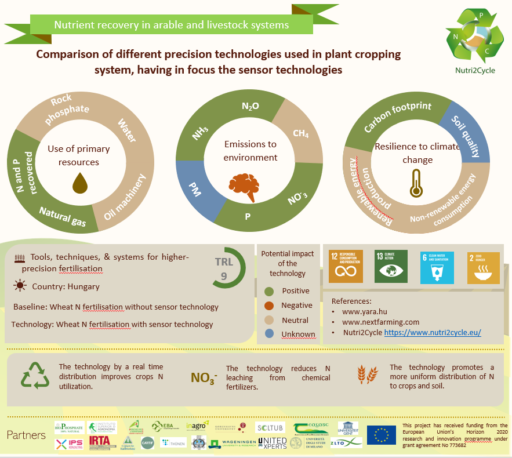
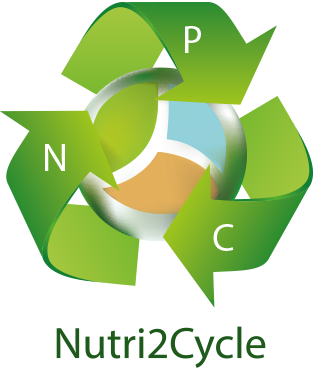
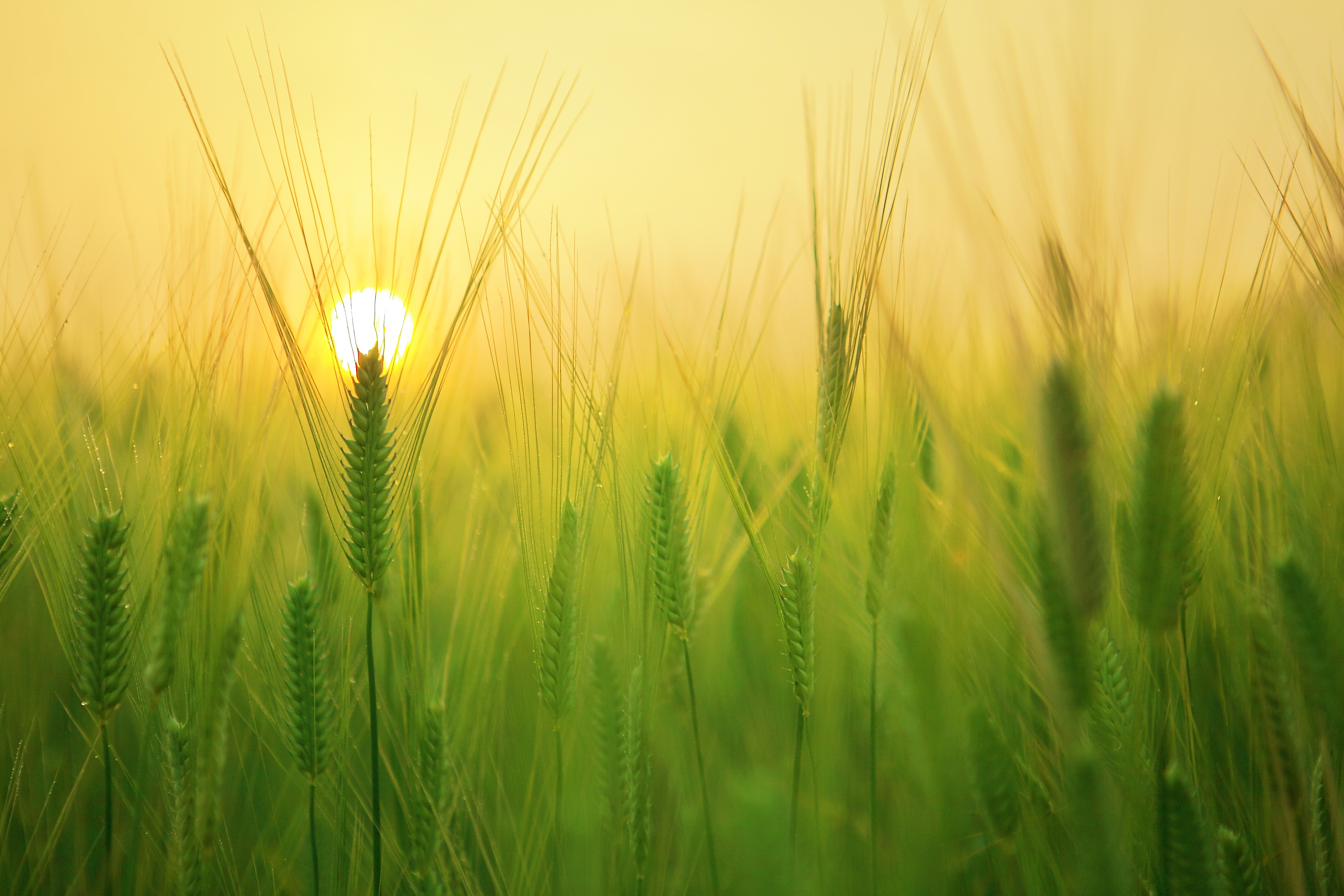
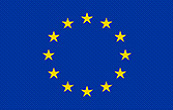 This project has received funding from the European Union’s Horizon 2020
This project has received funding from the European Union’s Horizon 2020